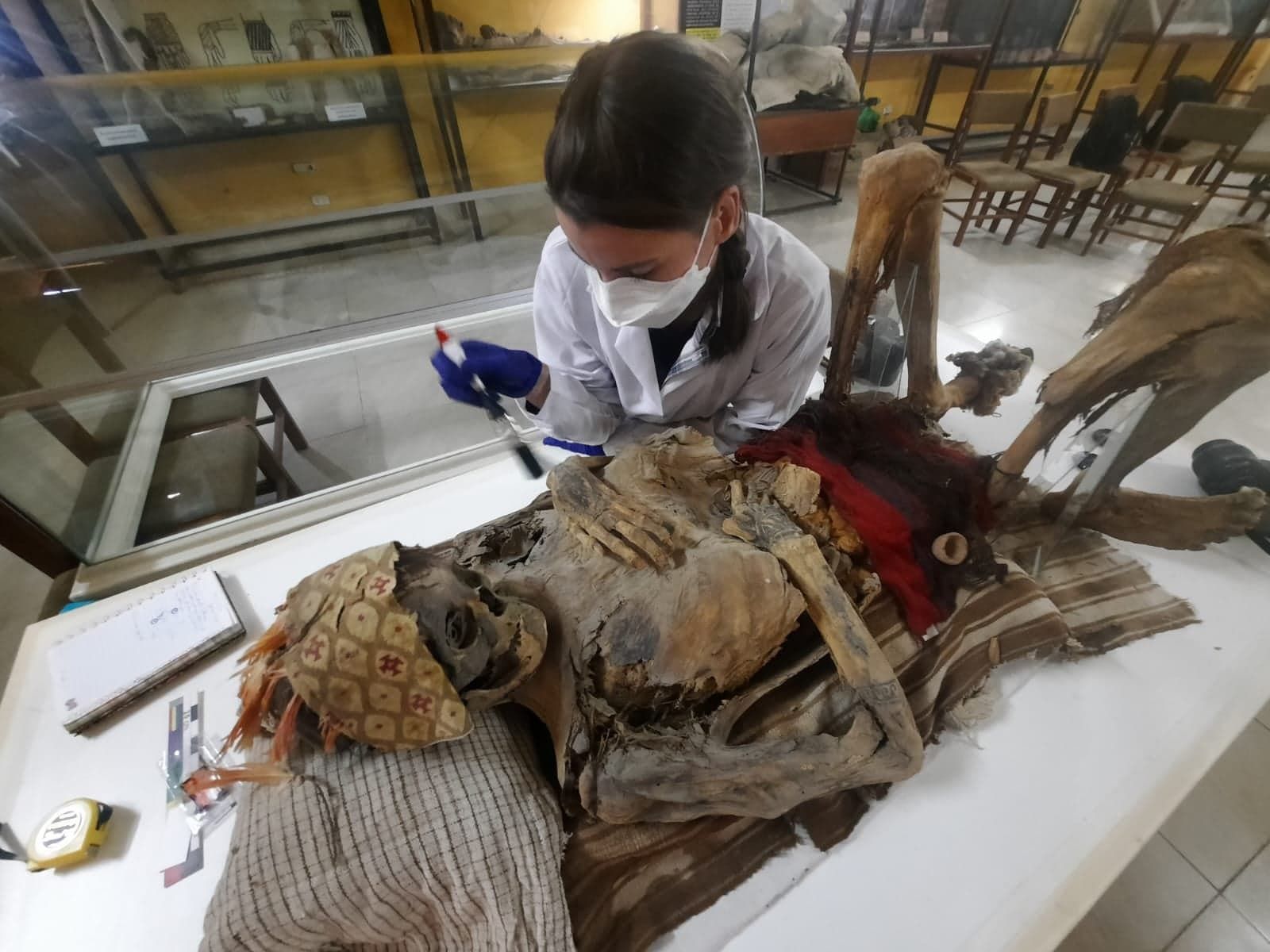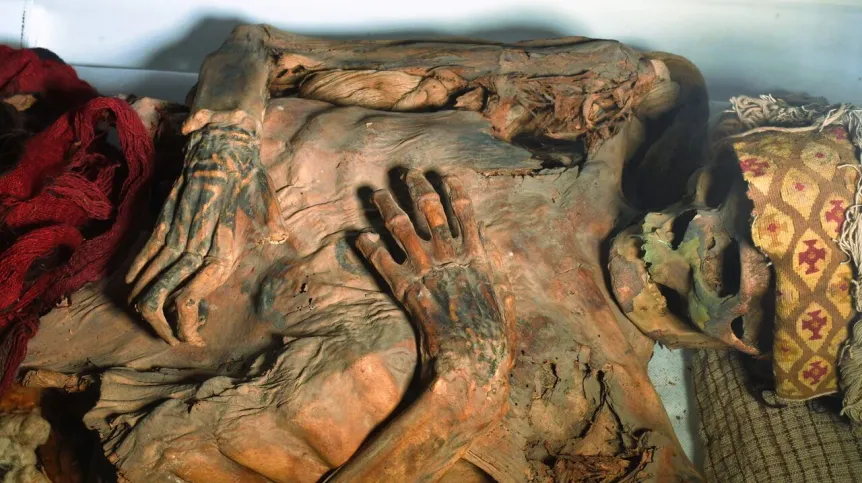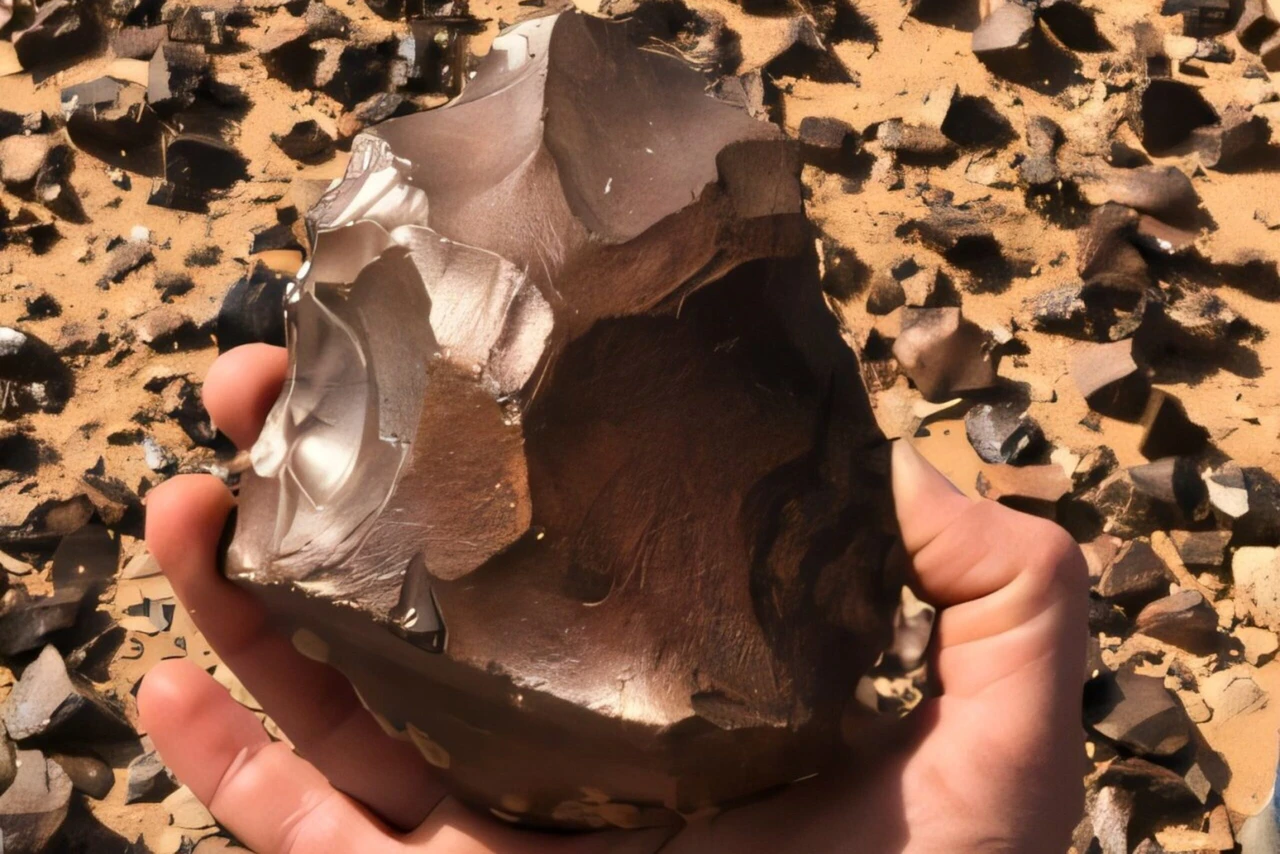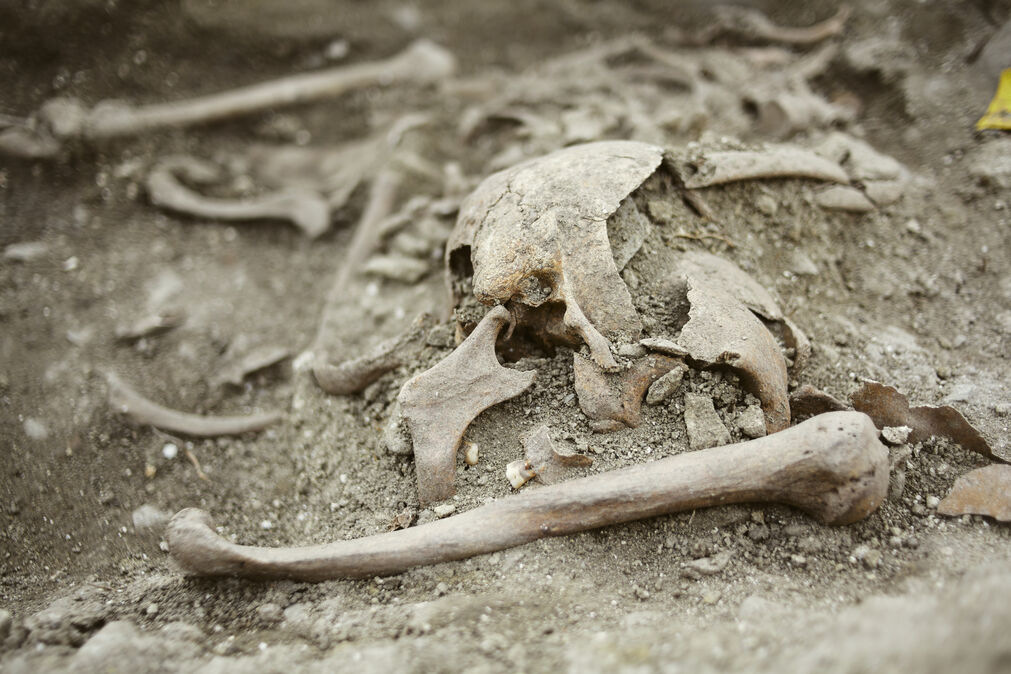International study examined the body tattooing traditions of pre-Columbian South America. The findings suggest that many ancient tattoos may surpass modern ones in quality.
Researchers analyzed over 100 tattooed human remains from the Chancay culture, focusing on the “Dama de Cao,” a prominent figure from the Moche culture. They found that the finest lines likely came from a single cactus needle or sharpened animal bone.
Insights from the Study
Judyta Bąk from the Jagiellonian University Faculty of History shared insights with PAP. She noted, “Based on these studies, we see that tattoos primarily belonged to higher social classes. While tattoos were relatively common in pre-Columbian South America…”
Preservation of Tattoos
Pre-Columbian tattoos show a wide range of preservation. Some display clear patterns, while others are nearly erased. Researchers believe that the tattoo creation process, design precision, and pigments used all affect the tattoos’ durability. Additionally, the time since tattooing and the preservation conditions of the remains play significant roles.
Publication and Methodology
The results of this project appeared in the Proceedings of the National Academy of Sciences (PNAS).
Researchers conducted analyses on mummified remains from the Chancay culture at the Arturo Ruiz Estrada Archaeology Museum in Huacho, Peru. They used an innovative imaging technique called Laser-Stimulated Fluorescence (LSF) for the first time in ancient tattoo analysis.

Findings on Social Class and Tattoos
Bąk explained, “So far, we have examined 100 mummified remains from Chancay cultures and about a dozen from Paracas, Lima, and Ychma cultures using the LSF method.” The Chancay culture thrived between AD 900 and 1533 along Peru’s central coast. This society established trade relations with other cultures before joining the Inca Empire.
In the study, researchers Pieter van Dalen and Alfredo J. Altamirano aimed to link tattoos from the Chancay culture to specific social classes. Their results indicate that tattoos were often associated with female healers. One notable example is the remains of the “Tattooed Man of Huacho,” whose body features numerous tattoos covering nearly its entire surface. The patterns include both simple shapes and complex scenes.
The LSF Method and Tattoo Details
The LSF method allows researchers to capture highly detailed images of tattoos on mummified skin. This technology selectively illuminates the skin, revealing details that traditional methods often miss. Researchers obtained extremely fine tattoo lines measuring only 0.1-0.2 mm in width. This level of detail matches or exceeds that found in pottery, textiles, and rock art, indicating that the Chancay culture invested significant effort in tattoo creation.





